How to Create a Great Action Sequence: 'The Dark Knight'
A beat-by-beat breakdown of the deceptively original police convoy ambush from Christopher Nolan's second Batman film
So many screenwriters I know are terrified of writing action sequences. Everyone intuitively understands at this point what a great one is, but the prospect of conceiving one, crafting it, and executing one on the page proves daunting for many. What I’m going to do today is take a look at a single key action sequence in The Dark Knight (2008), and offer some thoughts on both why it is a masterful example of what we’re talking about and what can be learned from it when setting out to dream up your own action sequences.
Some of you might recall I did this last year with another film, Clear and Present Danger (1994), where I broke down the ambush sequence.
For context, I have developed, written, and sold many action scripts at this point in my career. In fact, the first third of my career was built entirely on doing this for film and television. This isn’t to say I’m a master on the subject myself, but I’ve been around the block.
As for this film…
…The Dark Knight is a sequel to Batman Begins (2005). It was written by brothers Jonathan Nolan and Christopher Nolan from a story by Chris and David S. Goyer. Chris Nolan, hereafter the only Nolan I’ll reference, directed it. Its success, just over a billion dollars at the global box office, ensured Nolan would be able to make whatever films he wanted to for the rest of his life — which, thankfully, he’s done.
In The Dark Knight, our hero, the masked vigilante Batman, finds himself pitted against the agent of chaos known only as the Joker. In many ways, this is a love affair between the two of them. They complete each other, as the Joker eventually says. One is law and order, the other is anarchy. The more Batman tries to control the fate of his city, the more the Joker shows him such a feat is impossible.
Here’s the trailer to refamiliarize yourself with the film:
The action sequence we’re going to look at comes right after The Dark Knight’s midpoint, halfway through the film’s considerable 2h32m running time. The Joker has demanded Batman unmask himself or more people will die — just as Captain Jim Gordon, Batman’s friend, recently did. Rather than let Batman do this, his ally District Attorney Harvey Dent — Gotham’s “white knight” — announces that he’s Batman instead. Dent is arrested and loaded into a prison transport. He trusts that the real Batman will come to his rescue and, in doing so, finally catch the Joker. His faith is not misplaced, but neither he nor Batman understand how this ultimately plays into the Joker’s hands.
Watch the sequence below in these two YouTube clips. It’s 8m25s in length, which I’ll reference as we talk more below.
From my perspective, this action sequence is so successful because it follows a three-act narrative structure. Specifically, a typical three-act Hollywood structure — including every emotional beat included in it.
The definition of this structure varies, usually just semantically, but here’s how I see it in terms so intentionally reductive I apologize in advance:
Act 1: Set-up…then Inciting Incident…and, eventually, after some typically internal conflict, the Act 1 Turn (which propels us into the real story of the narrative by giving our protagonist/s a mission.
Act 2: This typically involves a First Reversal (something that shakes up the action, escalating the stakes). Then, a Midpoint in-between the first act and second act turns; this midpoint flips the protagonist/s’ goal on its head in some way or otherwise redefines the plot in an unexpected way that propels us into the second half of the film. Then, a Second Reversal. This is shortly followed by a Low Point, bringing the protagonist/s to his/their darkest point in the story. How do they get out of this? At the Act 2 Turn, the protagonist/s set/s about find their way out of the dark to, essentially, “save the day”.
Act 3: The protagonist/s “save/s the day”, or whatever amounts to that in the story. This is typically followed by some sort of Resolution Beat.
Next, let’s rewatch The Dark Knight convoy ambush through the lens of the three-act cinematic structure, trying to spot all these beats yourself. Here it is again, so you don’t have to scroll backward As you do, keep geography in mind, as well. Observe how well Christopher Nolan establishes every detail the audience needs to keep track of, which any screenwriter would be expected to also do on the page. Action means nothing if the reader/viewer can’t understand what’s going on.
I warn you now, you might have more trouble than you expect tracking Batman’s beats in the structure as I’ve just laid them out. If you do, there’s a reason for that. I’ll explain more in a moment.
Now, I’ll break down the action sequence for you, beat by beat, so you see what I see.
Before I do this, it’s important to explain what I meant about how messy it is to track Batman’s beats through it. The reason for this is…and this blew my mind, when I finally identified what was going on…Batman is not the protagonist of the sequence.
No, the sequence belongs entirely to his arch-nemesis. Because the Joker is the real protagonist here.
As you discover in the scenes that follow it, the whole sequence is, in fact, a great big set-up. While the Joker’s primary objective is to force Batman to break his one rule – don’t kill – his back-up plan is to get caught and put Batman in such a moral pickle that he’ll have to choose between saving the life of cherished friend Asst. D.A. Rachel Dawes or heroic ally D.A Harvey Dent.
It's an audacious narrative trick that helps transform this potentially straight-forward action sequence into one for the ages. Let’s dig in now…
ACT 1
The set-up/inciting incident: We’ve got Harvey Dent in a prison transport escorted by three police cars, an armored vehicle, and a police helicopter. Notice how that helicopter swoops up and around, providing a dramatic landscape shot of Gotham City. This is establishing geography. There’s a brief cutaway to the Joker, in a large truck of his own, blasting another cop dead.
Okay, there we’ve got our protagonist in action. Next comes the inciting incident, which is some moment that helps set our protagonist on their adventure, so to say. In this case, that’s a beautiful burning firetruck (seriously, look at the cinematography here!). The convoy has no choice but to descend into the city’s tunnels. As one of the cop’s in the cab of Dent’s transport says, “We’ll be like turkeys on Thanksgiving down there.”
A moment later, the Joker arrives. His truck slams into one of the police cars escorting the prison transport, taking it out. This is followed by some general action to get rid of more cops, as the Joker tries to get his hands on Dent. But what he’s really doing, of course, is waiting for Batman to arrive – which Batman does, driving his Batmobile. This happens at 02:30 into the scene, or roughly 30% into the sequence. It constitutes our Act 1 Turn, propelling our protagonist – the Joker – into his real mission. It’s easy to mistake Batman for the protagonist here as I did when I first started cracking this scene – he is the titular character – but, again, he is not the driver of this sequence. He’s not the one who orchestrated it or whom Nolan and editor Lee Smith cut the film to emotionally track.
ACT 2
This act kicks off with Batman dramatically taking out one of the Joker’s trucks, then spinning around to start his hot pursuit. Vroom, vroom, vroom, yadda yadda yadda. It’s all building up to the Joker producing a rocket launcher to blow up Dent’s prison transport. As victory looks certain, Nolan decides to throw a wrench in the madman’s plans. Remember, action sequences require constant conflict and tension — how will our protagonist succeed against these odds?!
Batman launches the Batmobile into the air to intercept the fired rocket. Thus, the Joker’s goals are temporarily defeated with catastrophic results for his antagonist, Batman. This represents our First Reversal at 03:25 or 41% of the way into the sequence.
The Batmobile subsequently crashes and explodes. A victory for the Joker…or is it?
As the Joker continues his pursuit of Dent’s prison transport, Batman struggles to escape his predicament. At 04:39 into the action sequence, 55% of the way through it, he succeeds – when the Batcycle is ejected from the Batmobile’s wreckage. This is our midpoint. Batman re-enters the action sequence, but now he has to catch up with the Joker, who has a huge head start on him – driving a massive semi-truck with a great big trailer. Not a traditional super-villain’s vehicle, but let’s go with it. The Joker, meanwhile, is racing toward victory even if we, in the audience, don’t understand that yet.
More vroom-vroom action follows, but the Joker handles it all like the twisted rock star he is. Take the police helicopter that swoops out of the sky to intercept him. Oh shit, that’s going to be a problem, right? Nah.
Some of the Joker’s henchmen launch cables across the street, just as planned. The helicopter crashes, eliminating the “cavalry” coming to the police’s aid. We’re beginning to realize that the Joker is the one really in control here – reflected, as I’ve pointed out, by how he’s the one driving the action. We’re following his quest for victory, not Batman’s.
Then, the Second Reversal arrives. At 06:31, or 77% into the action sequence, the Batcycle explodes out a building ahead of the Joker’s vehicle. The battle between protagonist and antagonist is officially back on – one of them driving a relatively tiny Batcycle and the other behind the wheel of a monstrous semi-truck.
They race at each other…except Batman pulls a Luke Skywalker and launches some cables that snare the semi-truck’s wheels. In one of the coolest things I’ve ever seen accomplished with practical effects, the semi-truck flips, back to front, and crashes upside down.
This is our Low Point for the Joker, and happens at 04:55, or 82% of the way through the sequence. The Joker is down for the count…will he get back up? Obviously, he’s going to. There wouldn’t be much of a film if he didn’t. At 07:14, or 86% through the sequence, he climbs out of the wreckage. This is our Act 2 Turn - the protagonist (the Joker) charges into the third act to “save the day”, whatever that might mean for them.
ACT 3
The Joker baits Batman into an old-fashioned duel with him. But this time, it’s the Joker in the disadvantaged position, the relatively “tiny” pugilist versus the heavily armed and armored Batman. Remember, the Joker’s real goal in this action sequence is to get Batman to break his golden rule and commit murder – to murder him. “C’mon, I want you to do it, I want you to do it,” he growls.
Batman almost obliges him, too, roaring homicidally, but, at the last second, he swerves and intentionally crashes the Batcycle – cheating the Joker out of his preferred victory.
But that’s okay since the Joker has a back-up plan. Everything that follows is our Resolution Beat:
As the Joker crouches over his antagonist Batman, the masked driver of the prison transport arrives to “save the day” – revealing he’s none other than Jim Gordon, the previously believed dead police captain. I say “save the day” here because Nolan, a masterful trickster, wants you to think that. But the Joker has been arrested…exactly as he planned…meaning the protagonist of this action sequence has been triumphant after all, even if audiences won’t understand that for a while still.
Before I move on, I want to point something rather fascinating out. The Dark Knight screenplay (which you can read here) isn’t written to reflect much of this. In fact, it features several lines of dialogue that specifically say that the Joker doesn’t necessarily anticipate Batman’s arrival and, even when the Batmobile appears, he doesn’t trust it’s the Dark Knight behind the wheel.
Later, when Batman finally appears in costume on top of the Batcycle, the Joker even observes, “Guess it was him,” as if surprised.
Everything else is on the page — well, almost all of it — but just not the emotional intent of the scene as it shows up on screen. I don’t know Nolan, but I’d be keen to find out if he reimagined the scene while in production or, later, in the editing room.
Now, do all action sequences need to be tightly crafted three act narratives?
No, of course not — as I’ve said many times before. You can do it your own way. Maybe you’re the one who will revolutionize the genre in some way. Outside of the United States, there are certainly a lot of other ways to do this.
But consider this, Hollywood-type action films have been around for decades now. The best of them have succeeded by doing everything I just described here.
Audiences, especially Western audiences, have internalized these rules, as a result. They understand them in a way they don’t understand the real world. Yes, that means you can play with the rules, even use their expectations to surprise audiences. But I have not seen that many examples of filmmakers completely blowing them up and getting away with it, not without just throwing endlessly confusing CGI at the problem until audiences don’t even know what they’re watching. I call this “the spectacle of the absurd”, and, while I don’t declare there are many axioms in cinematic storytelling, avoiding this feels like as close to one I can think of.
There’s an additional problem as you work on your action sequences: the reader. Typically, an agent, manager, producer, or studio executive.
These gatekeepers to success are no different than the rest of the audiences out there. They have internalized rules they often can’t even articulate. You need to make sure they understand what you’re writing and get excited about it. Reinvent the wheel, pretend like there aren’t real conscious and unconscious expectations about how these things work, does not — at least from my experience — work in your favor.
While this deep dive into a key action sequence in The Dark Knight couldn’t possible unlock the secrets of the screenwriting universe for you, I hope it’s helped you better understand what makes a great action sequence in general. For example, the driving goal/conflict, escalating stakes, and carefully constructed action to service characters and theme. But in this case, I also hope it’s helped you imagine how you can challenge the basic idea of such a sequence — good guy tries to do X and bad guy thwarts him — and create something as truly original as this one. Placing the Joker front and center here transforms this otherwise conventional, albeit stunningly filmed car chase into a kind of illusionist’s trick — landing the Joker in prison, right where he wanted to be, so that he can deliver what he believes will be a moral death blow to Batman.
If this article added anything to your life but you’re not up for a paid subscription, consider buying me a “coffee” so I can keep as much of this newsletter free as possible for the dreamers who couldn’t afford it otherwise.
If you enjoyed this particular article, these other three might also prove of interest to you:
How to Create a Great Action Sequence: 'Clear and Present Danger'
Okay, ignore the title of this essay. I have to come up with these things to entice you to read what I write, because writing these things is no fun if people don’t interact with them. I’m not a “how to” kind of storyteller, is the point. I like to consider art, contextualize it for specific audiences, and hope that those audiences — such as aspiring sc…
How to World-Build Like a Wachowski
World-building is the bane of every ambitious screenwriter’s life, because so much of genre storytelling requires it and yet most of us lack the skills to do it well. To make matters worse, if you’re working with producers or a studio, network, etcetera, you must also contend with notes constantly pleading for you to clarify rules. These notes, more oft…
How to Sequel Like James Cameron: 'Terminator 2'
One of the most common refrains you will hear when pitching on a Hollywood sequel or reboot or even just a good old-fashioned adaptation of a good old-fashioned (but tired) piece of intellectual property is: “We’re looking for more of the same…but different.”



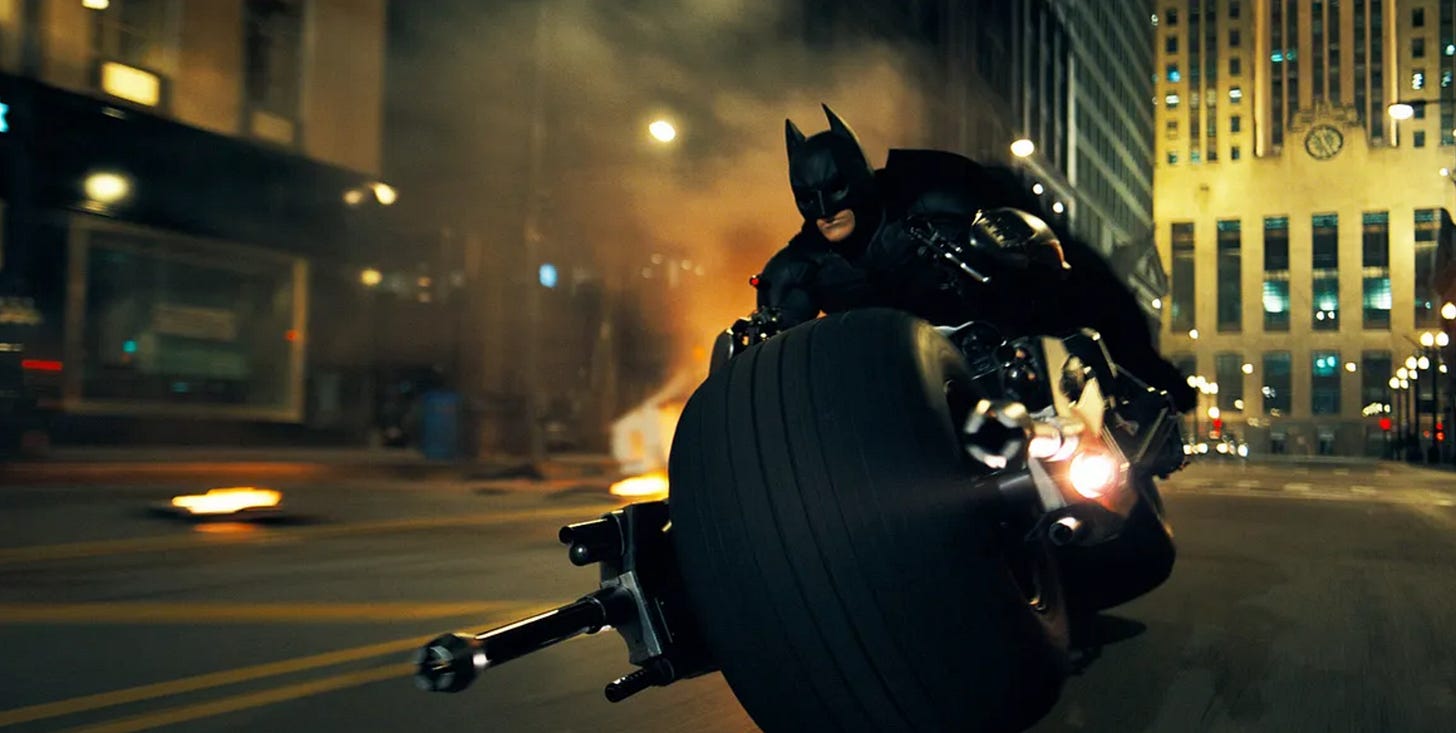
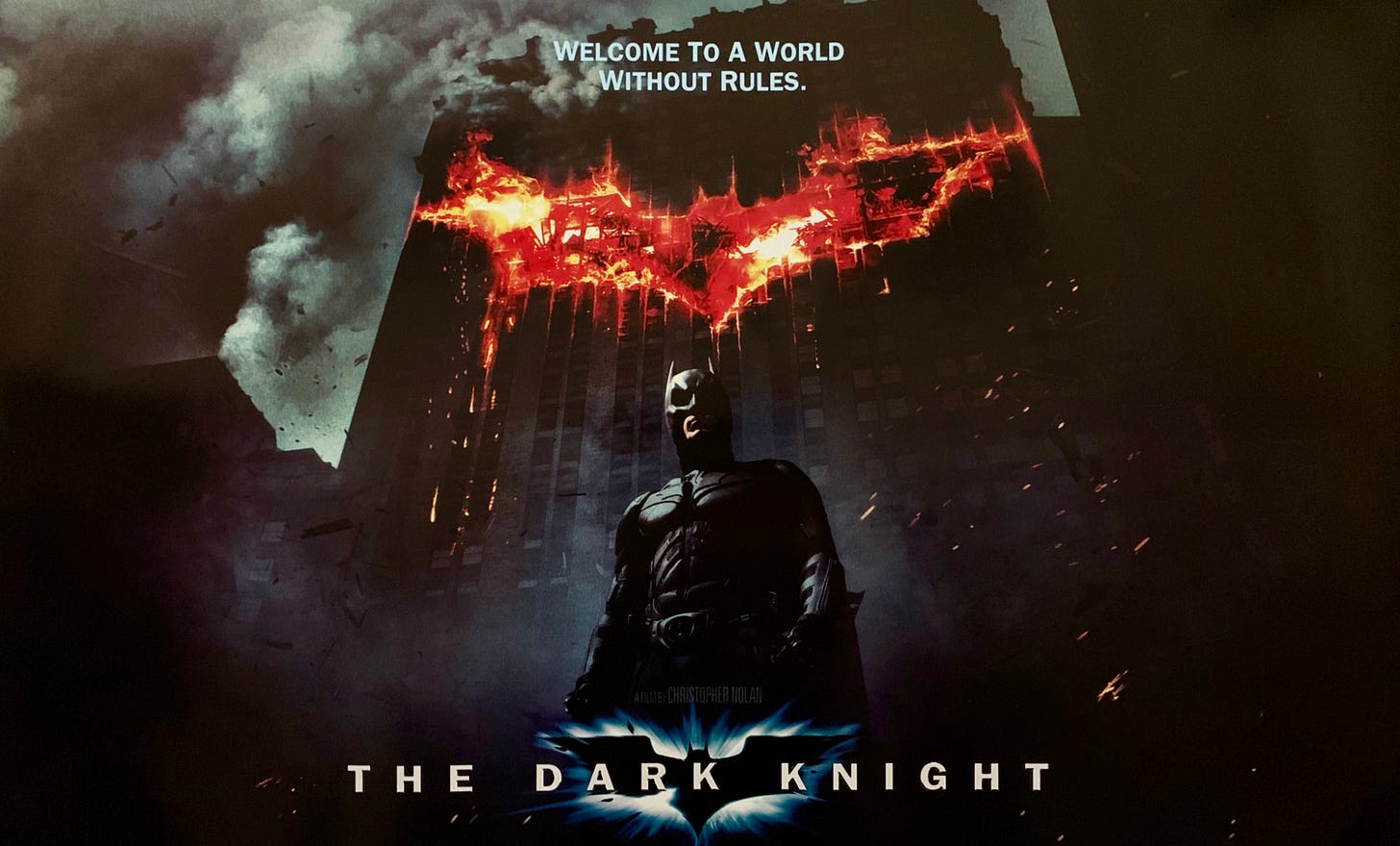
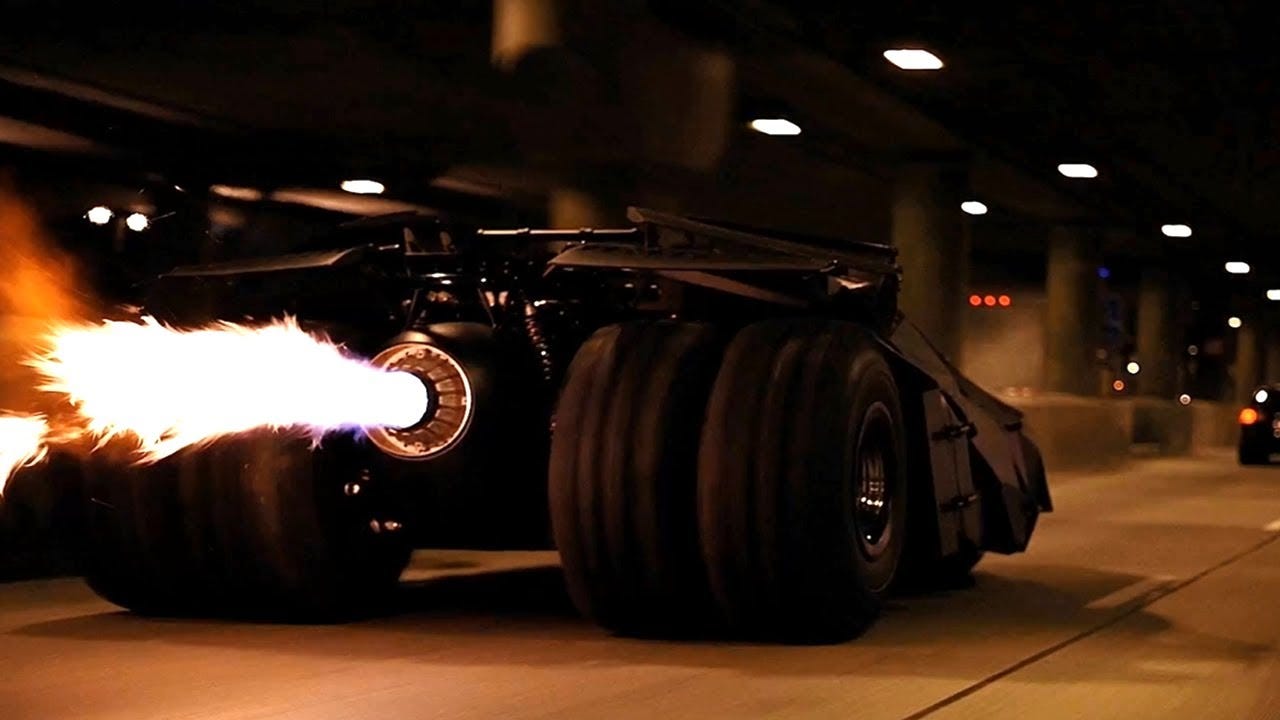
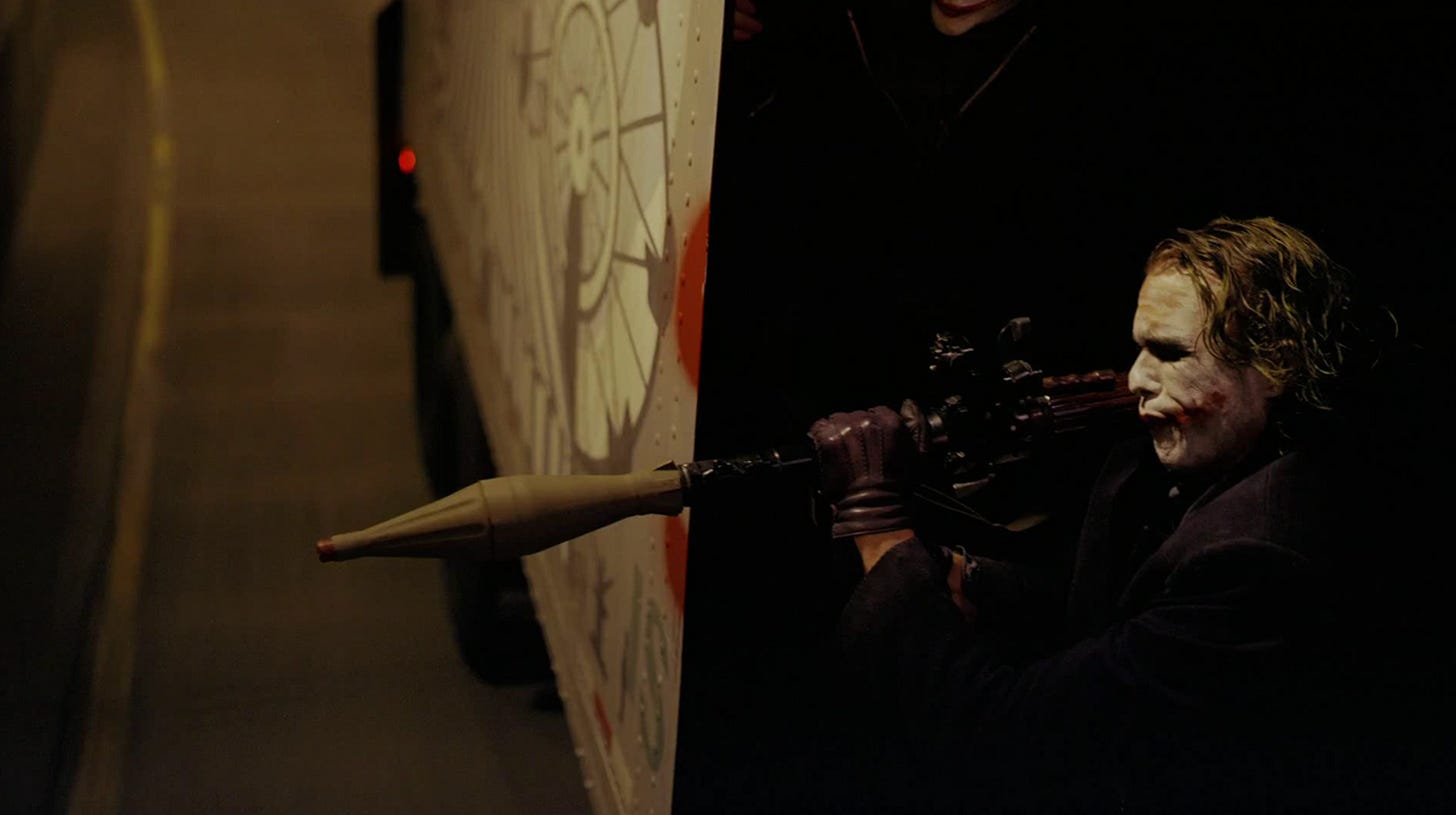
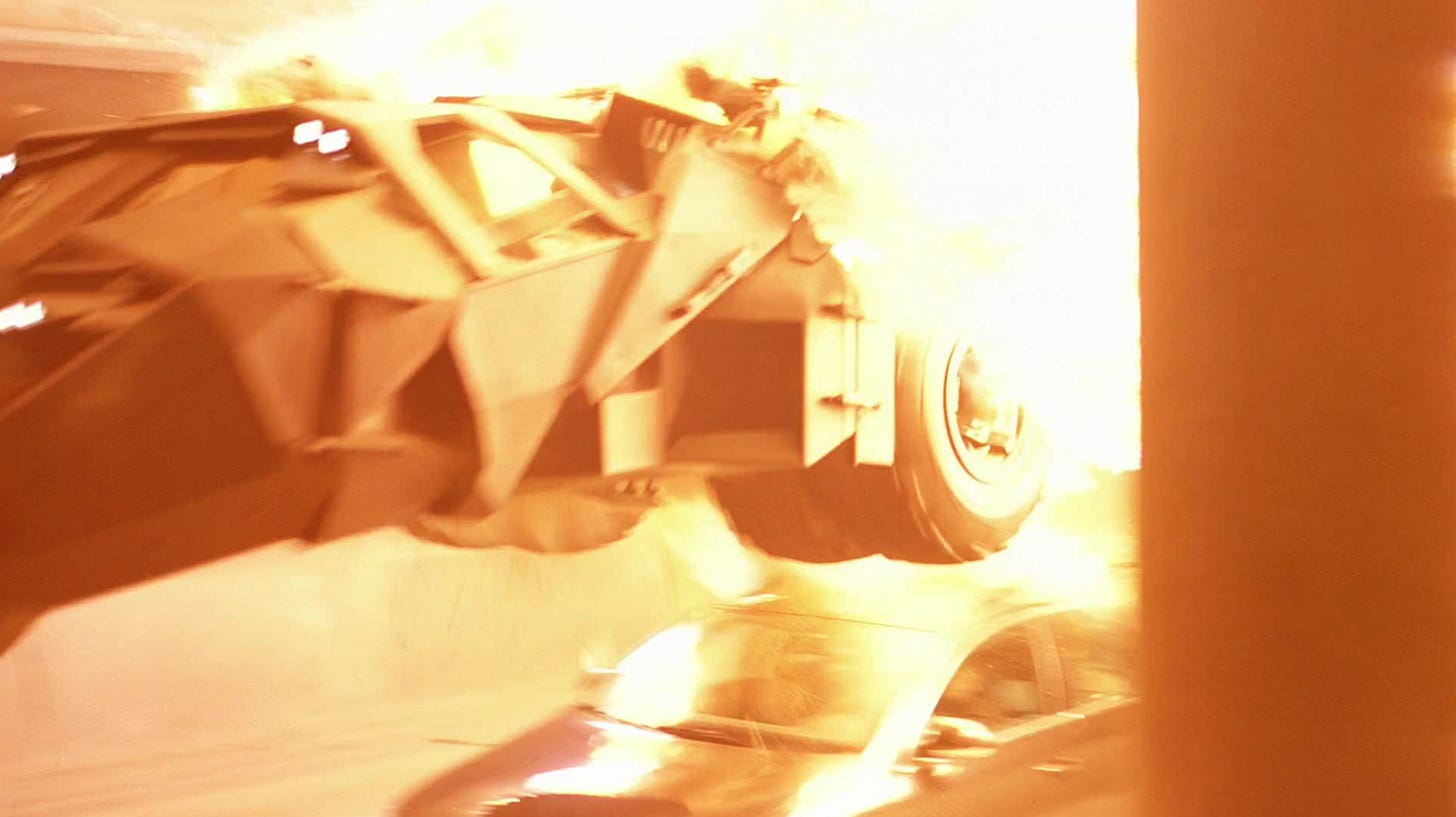
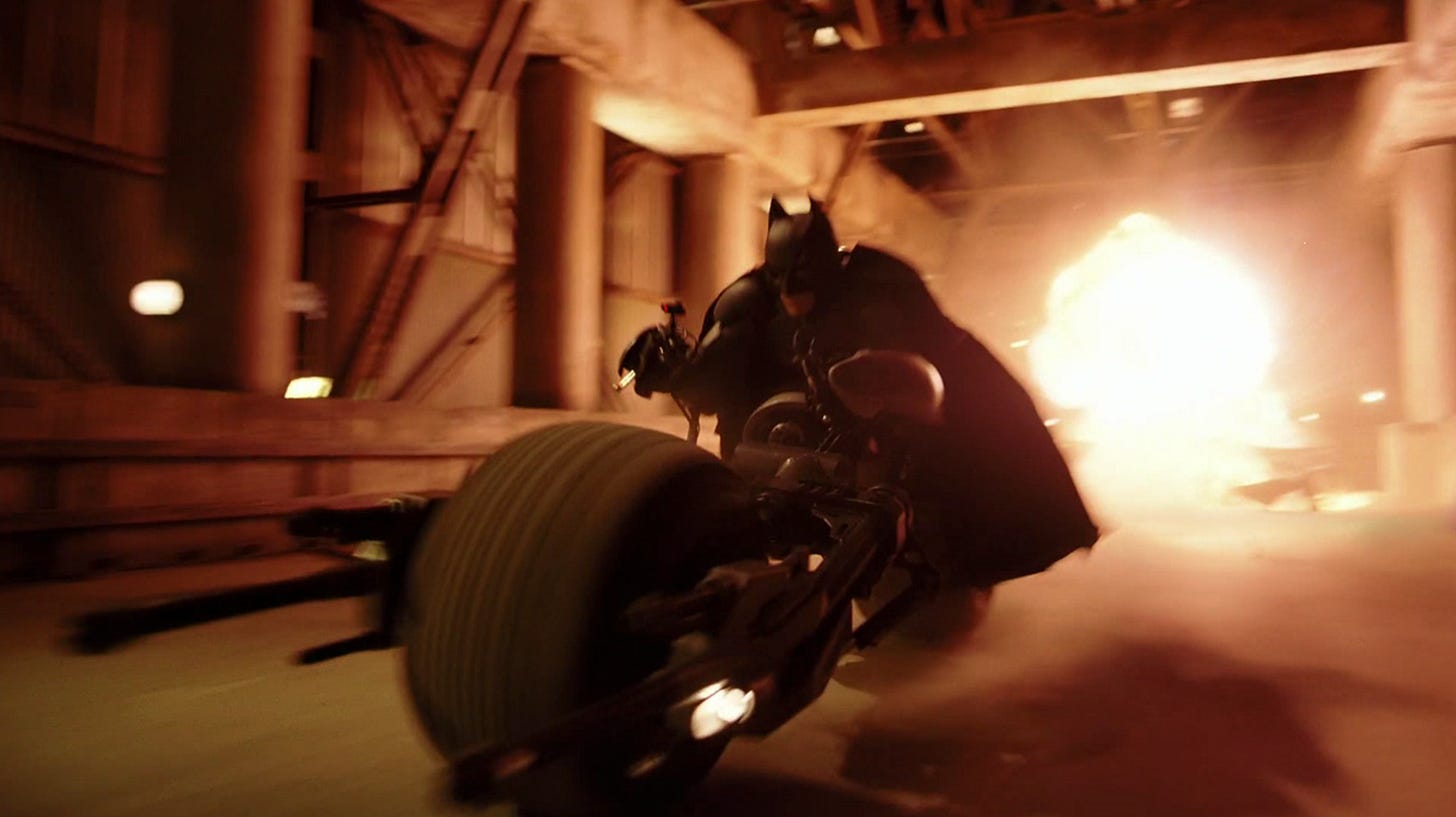
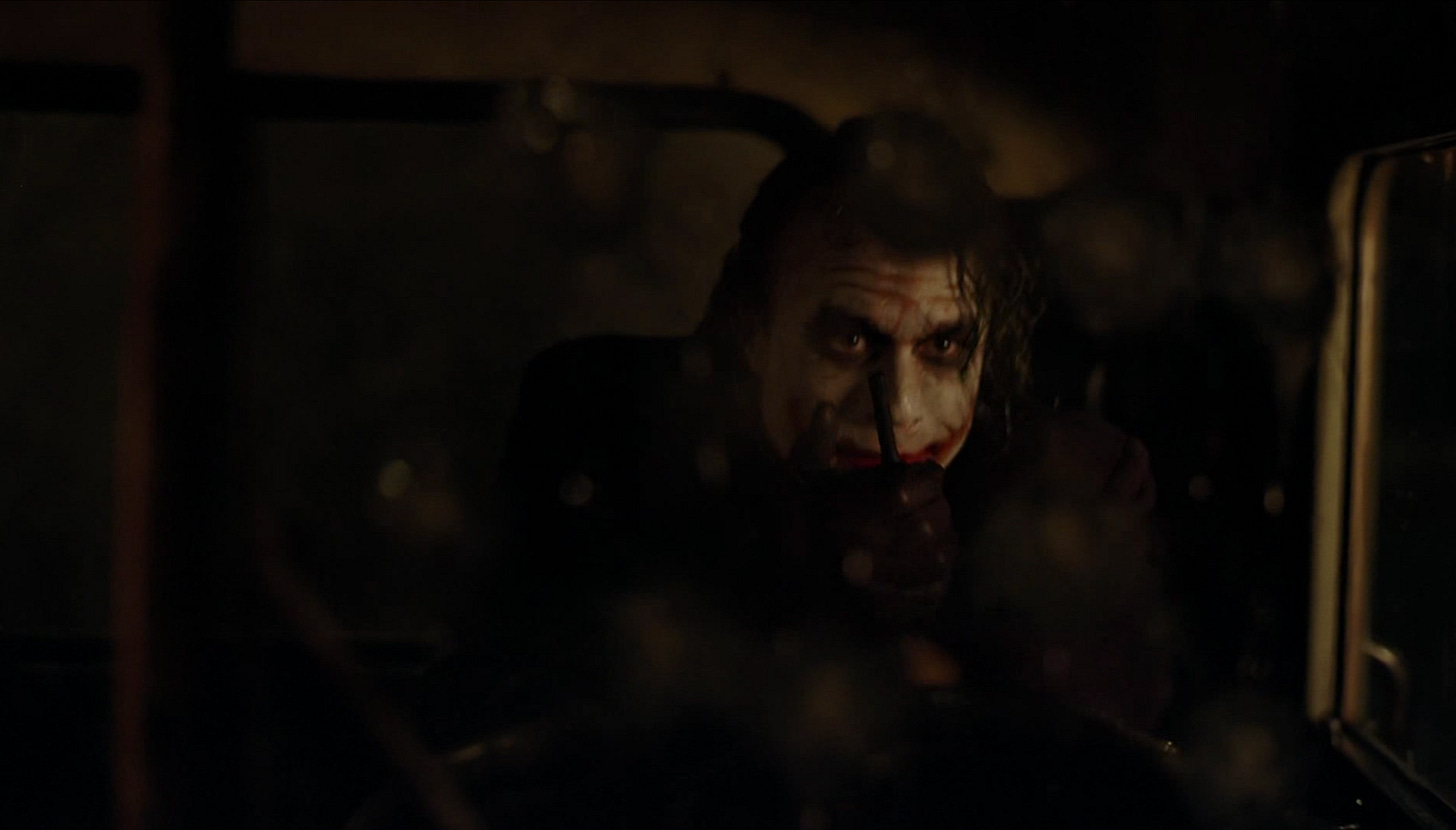
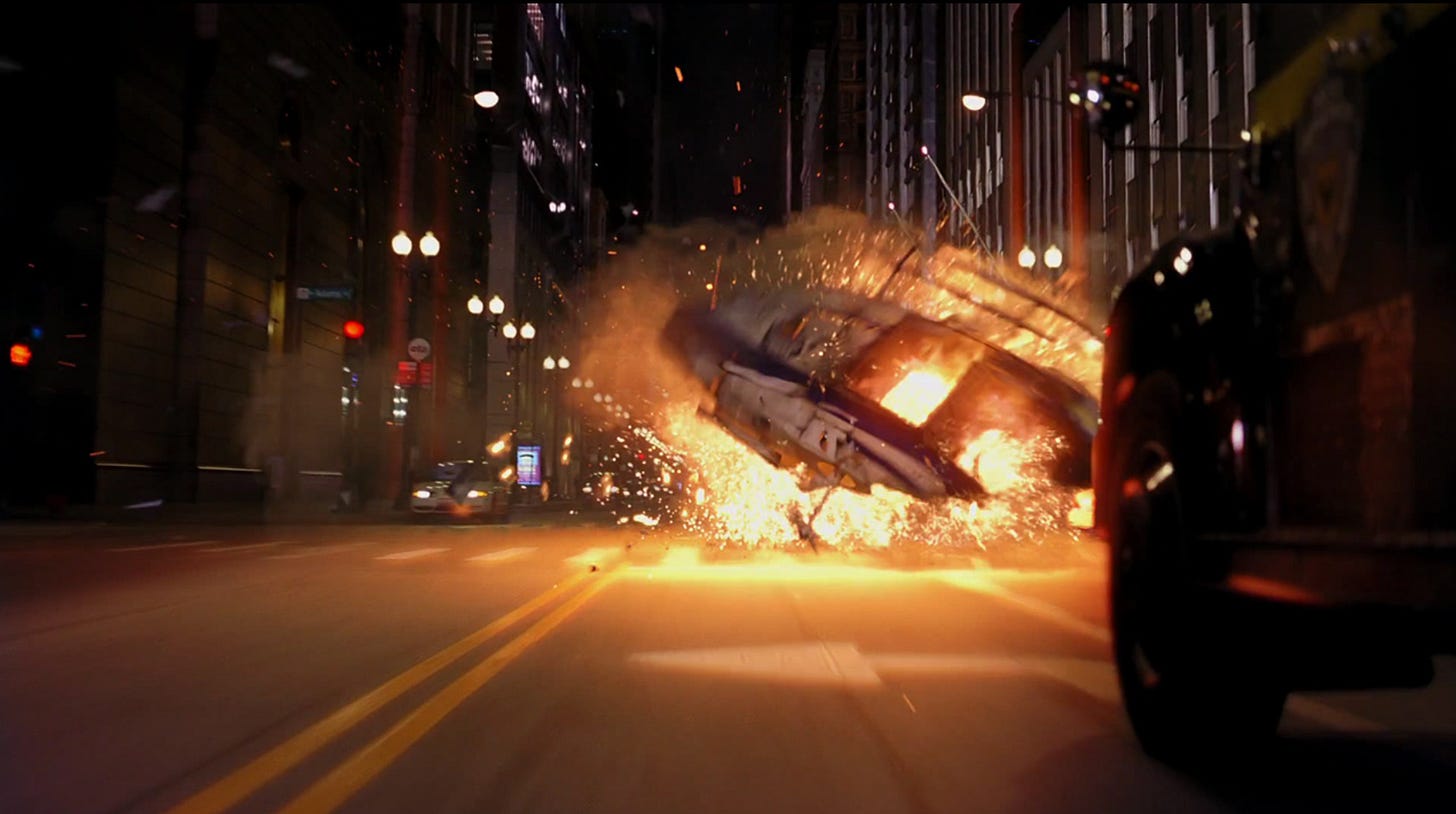
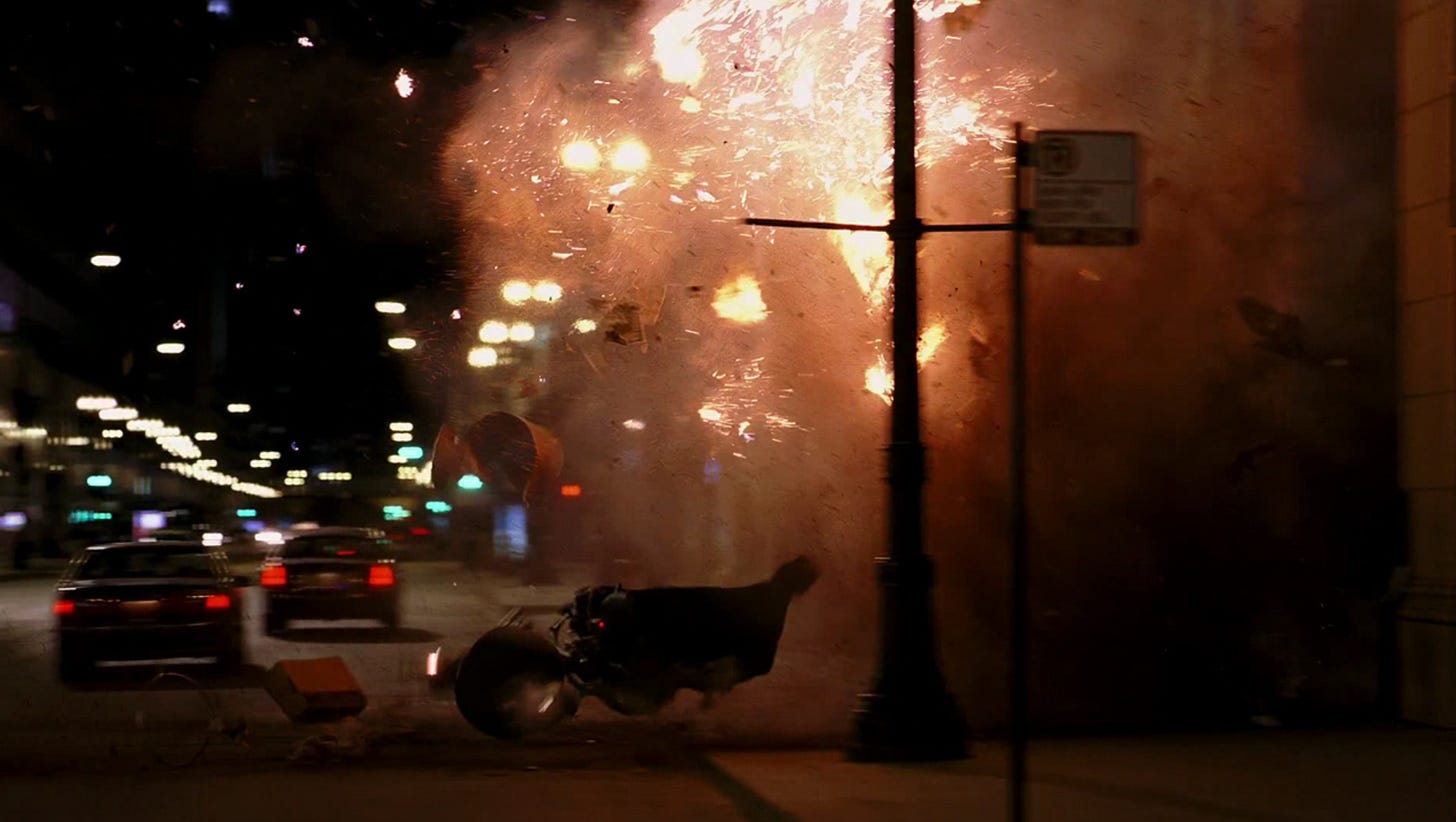
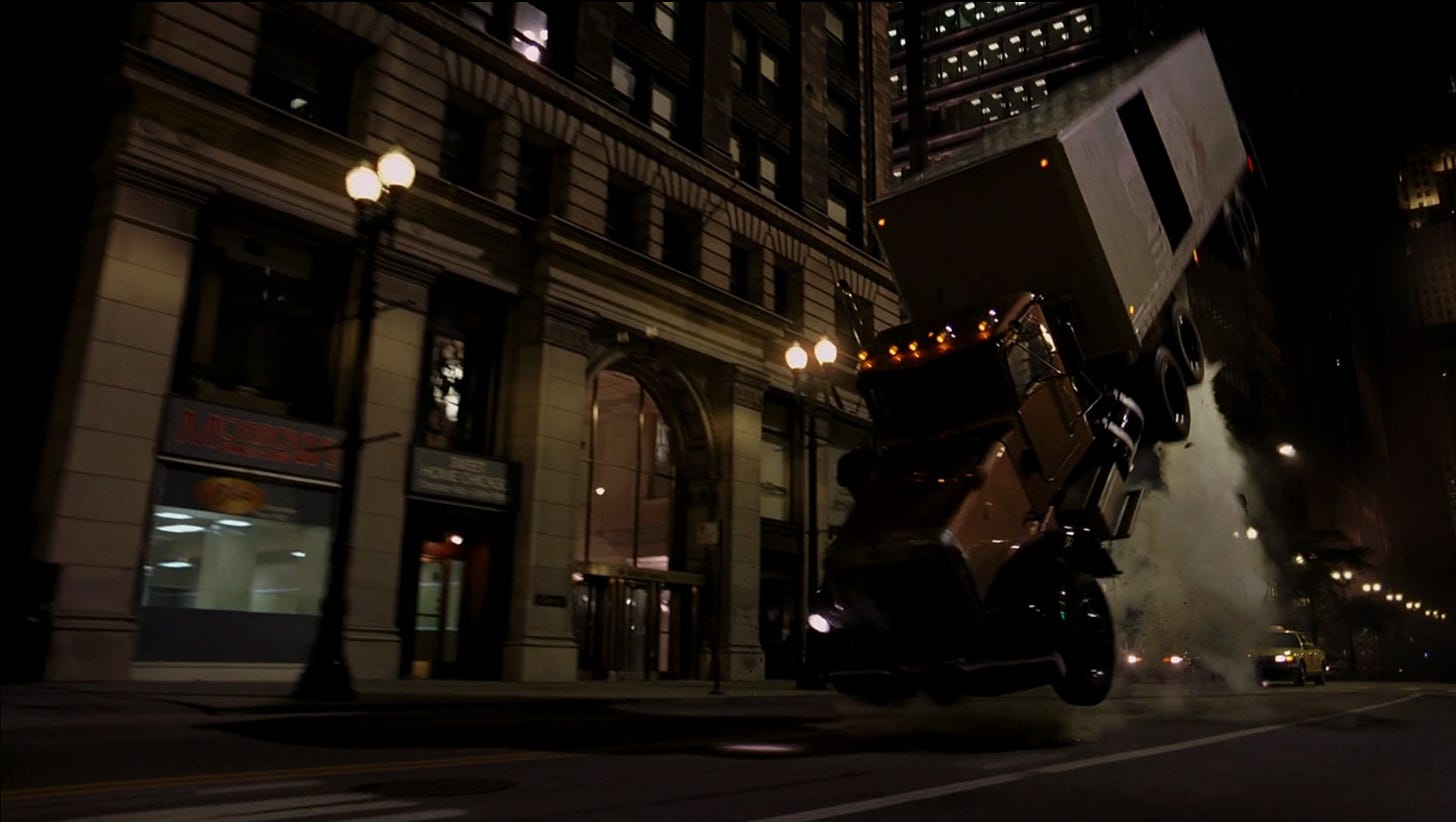
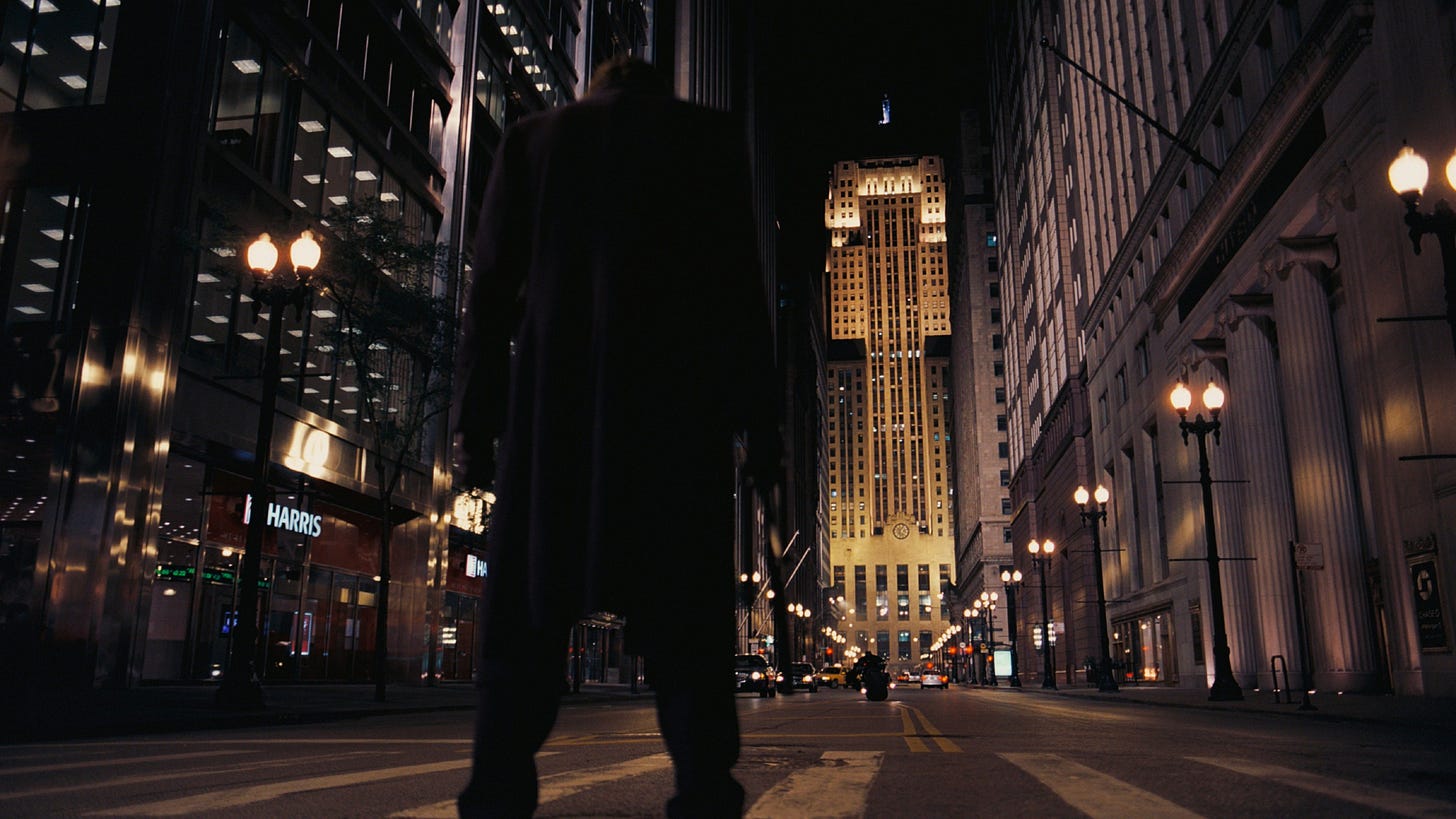
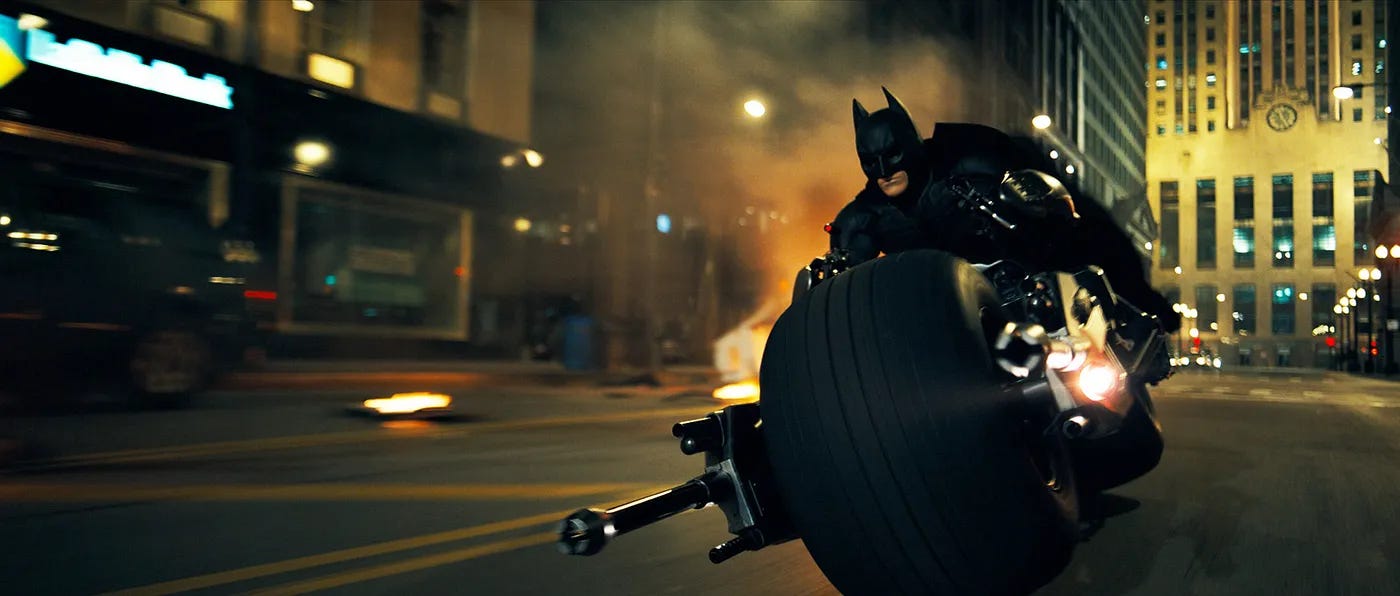
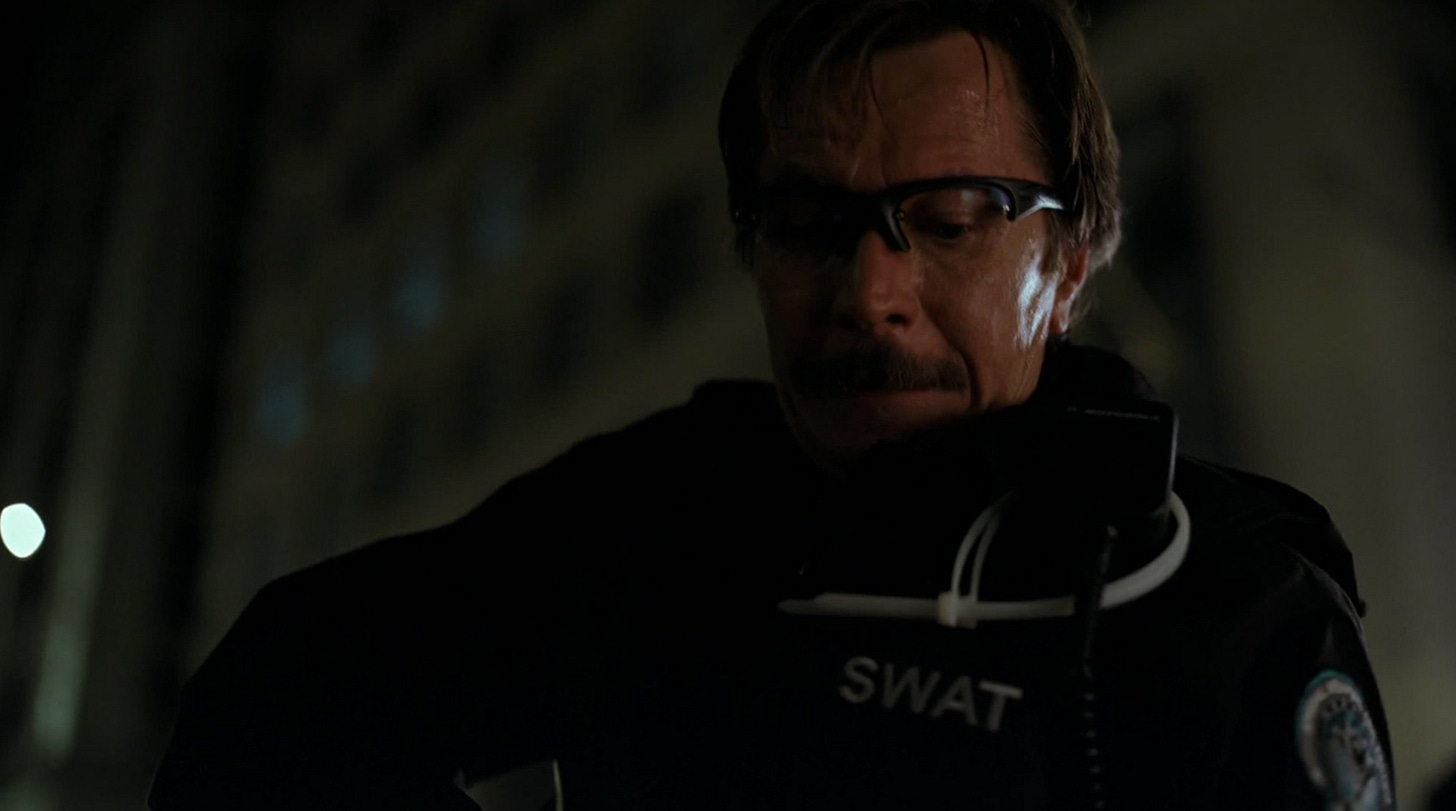
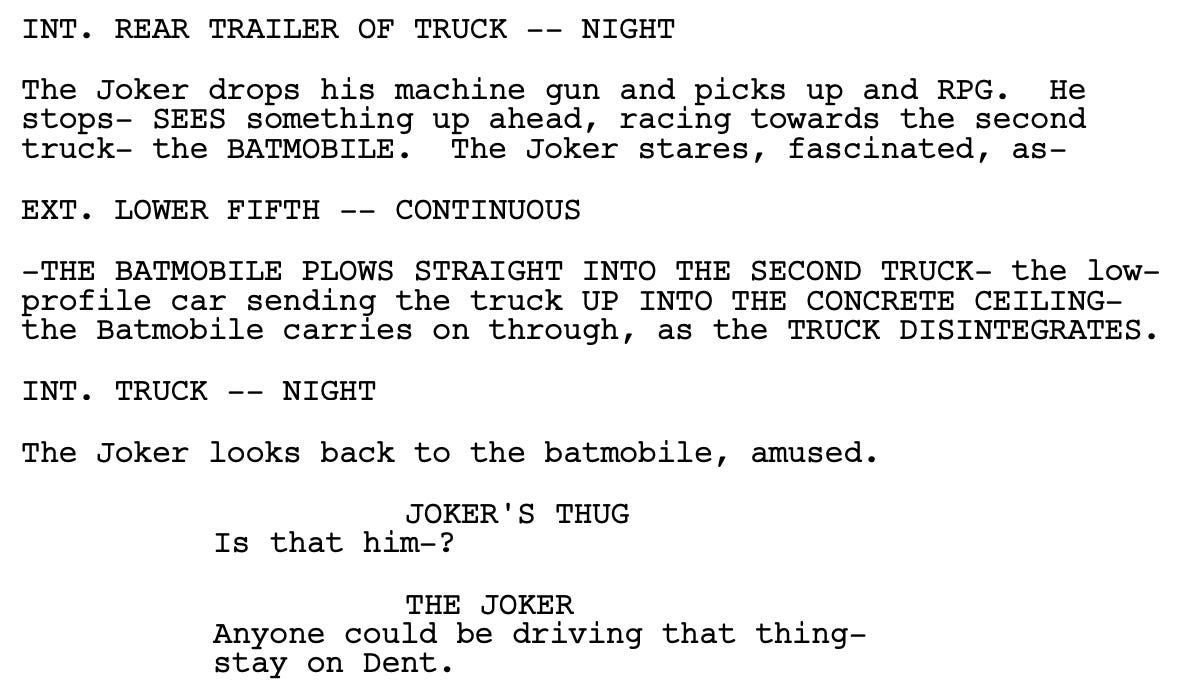
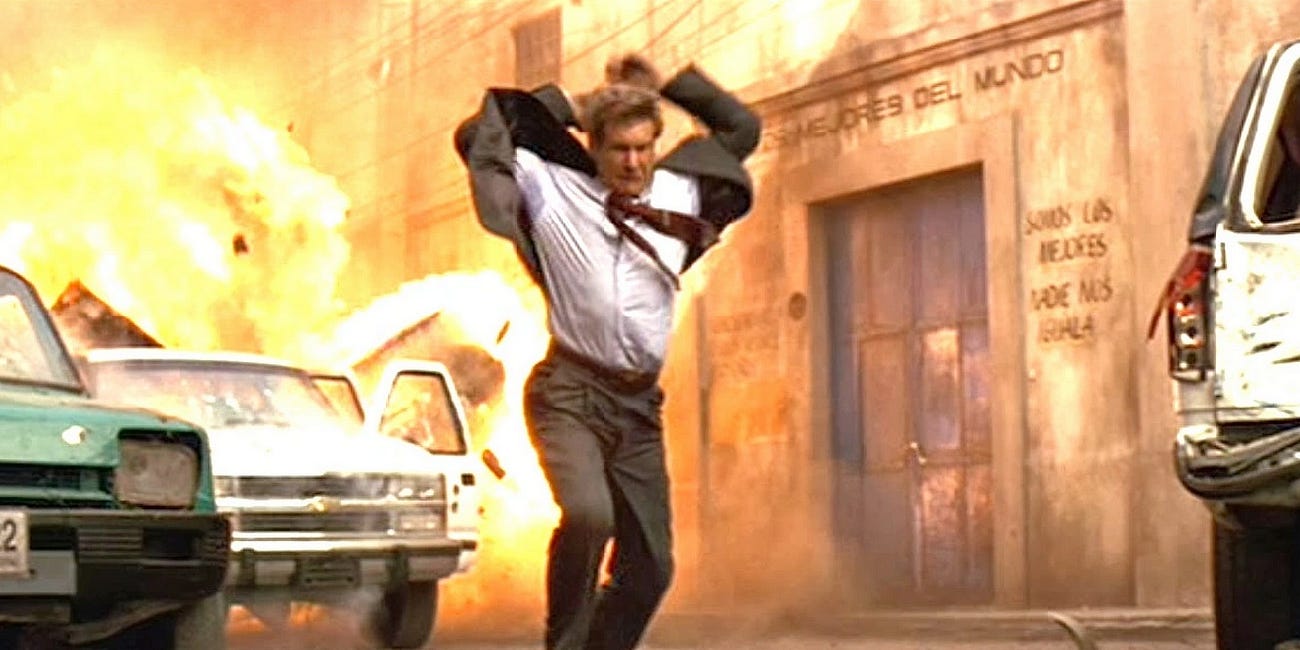
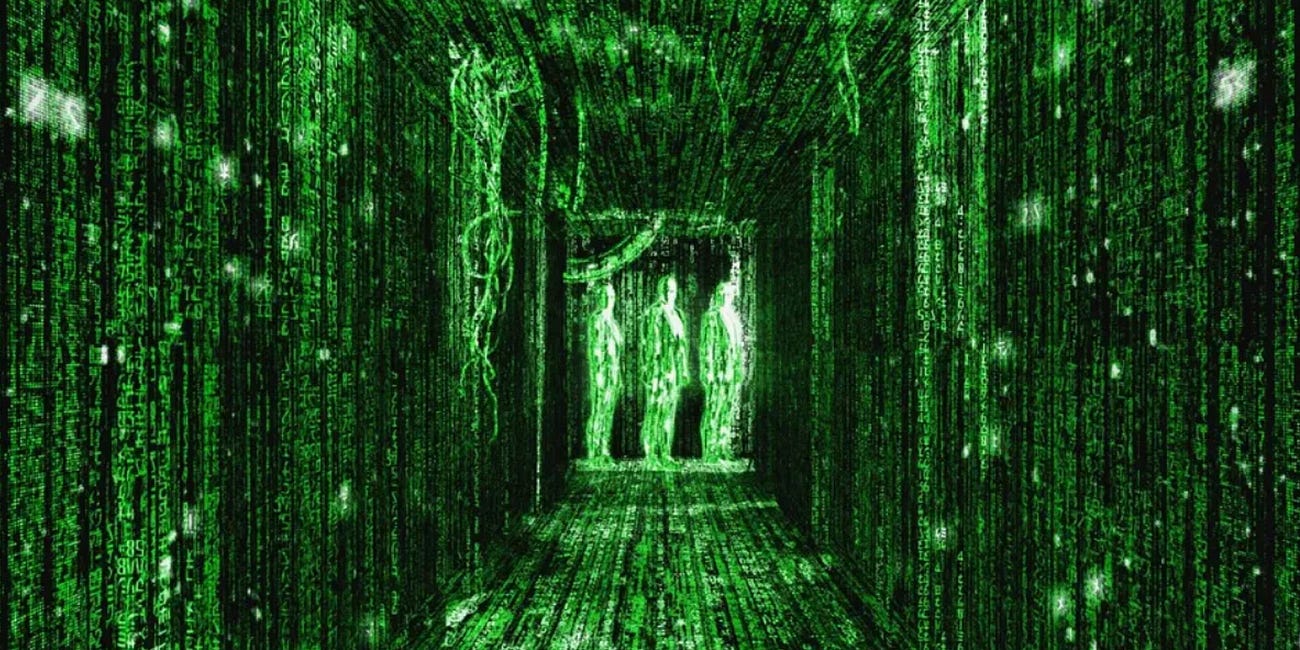
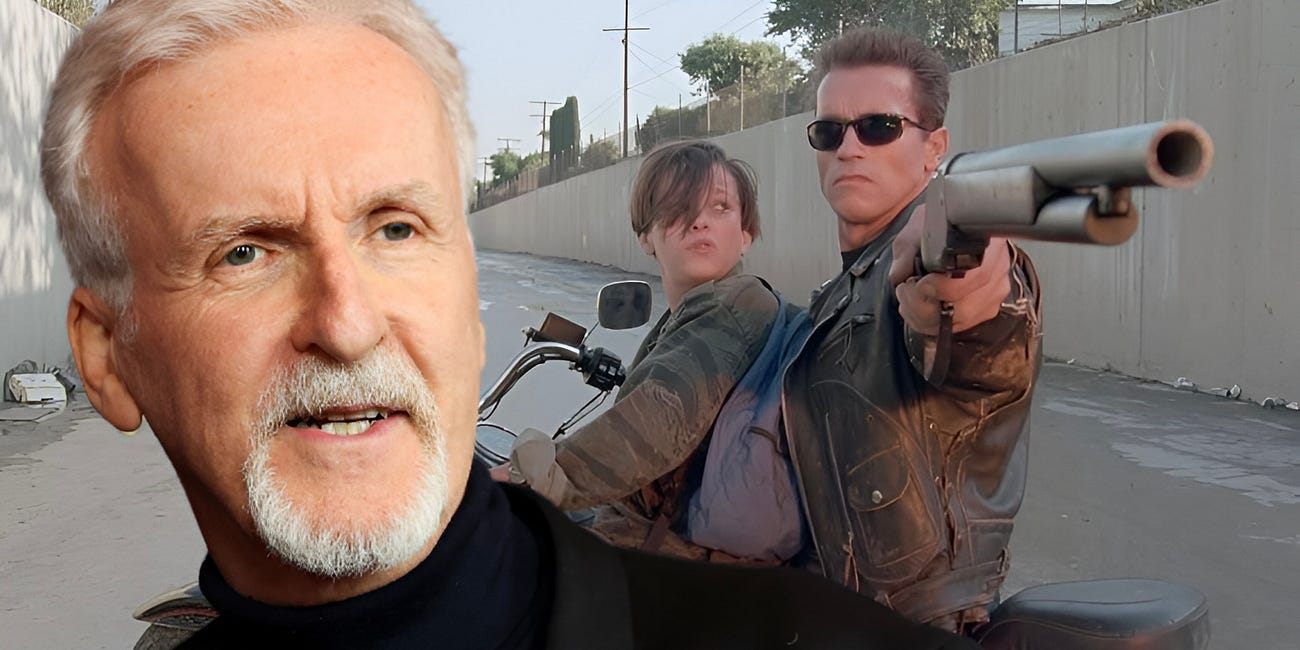
Outstanding breakdown.
I throughly enjoyed this post Cole. I am not a screenwriter, but am an avid movie fan and a big reader. I’ve never thought of an action scene as having Acts; found the entire breakdown incredibly interesting! Plus, I do love the Dark Knight movies!